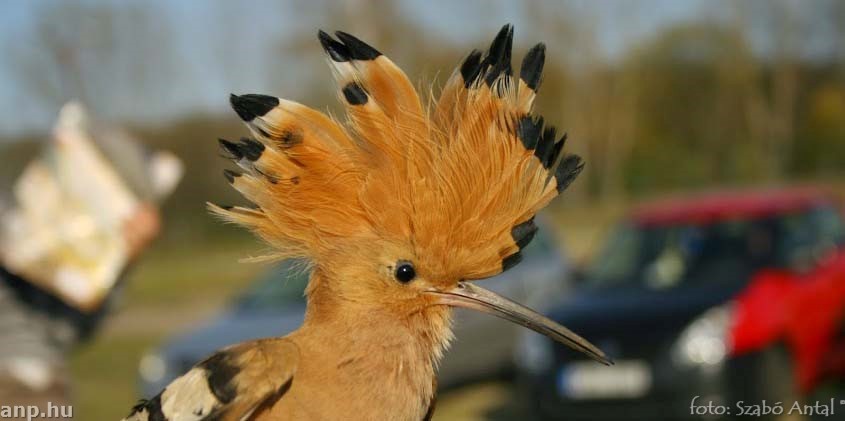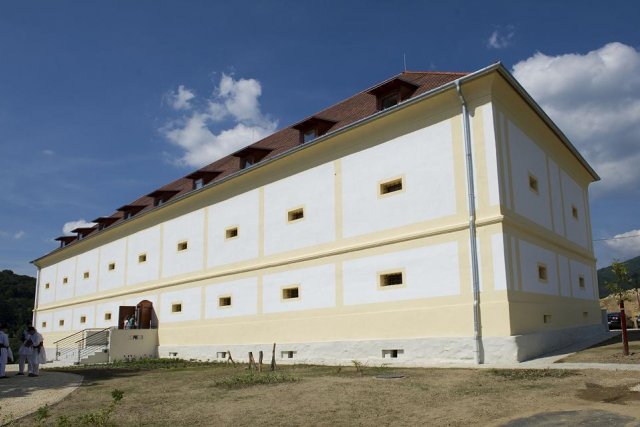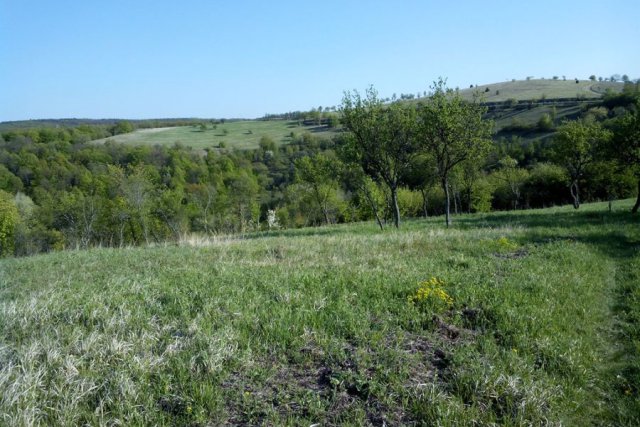
The Hoopoe was already named Bird of the Year in 1989 and 1990 by the Hungarian Bird and Nature Conservation Society (MME). The bird is found everywhere from Spain to China, and as far north as the shores of the Baltic Sea. In Hungary, with the exception of dense forests, they are common. Worldwide, there are perhaps 5 million, of which 10000-17000 pairs can be found in Hungary subsisting mainly on worms and insect larvae, but also the occasional small vertebrate such as lizards or small rodents. Their long, hooked beaks are ideal for digging out such food from the worked soils of agricultural lands and back gardens. Their favourite foods include the filed cricket and the European mole cricket.
Migration to the Saharan Africa begins in August-September and the return journey to Hungary sometime in March.
Like other birds associated with agricultural land, the hoopoe is threatened by modern agricultural methods such as insecticides and the disappearance of short-grassed pastures. Urbanisation has also robbed the birds of a number of potential nesting sites in old farm houses. Perhaps the greatest danger comes from a growing rivalry from woodpeckers and starlings. Excessive and pointless hunting in the Mediterranean and Arab worlds and climate change have also played their parts.
During return migration, the males return first and try to select the best nesting places. The hoopoe shows remarkable adaptability in choosing nesting sites ranging from trees, woodpecker holes, cavities in stones, timber piles, between walls, roofs and even broken down cars.
When threatened by predators, the hoopoe will splash their foes with foul-smelling faeces, earning it the folk name of “diarrhoea hoopoe.”
The birds lay 5-8 eggs twice a year, about one a day for a number of days beginning in May. In order to ensure that all the eggs hatch at around the same time, the mother incubates the eggs for 18 days starting from the day the last egg is lain. The chicks are ready to leave the nest after about 3-4 weeks.
Join the Bird-Friendly Garden Programme to help protect these birds, and others!
Source: http://www.mme.hu/2015-ev-madara-bubosbanka



